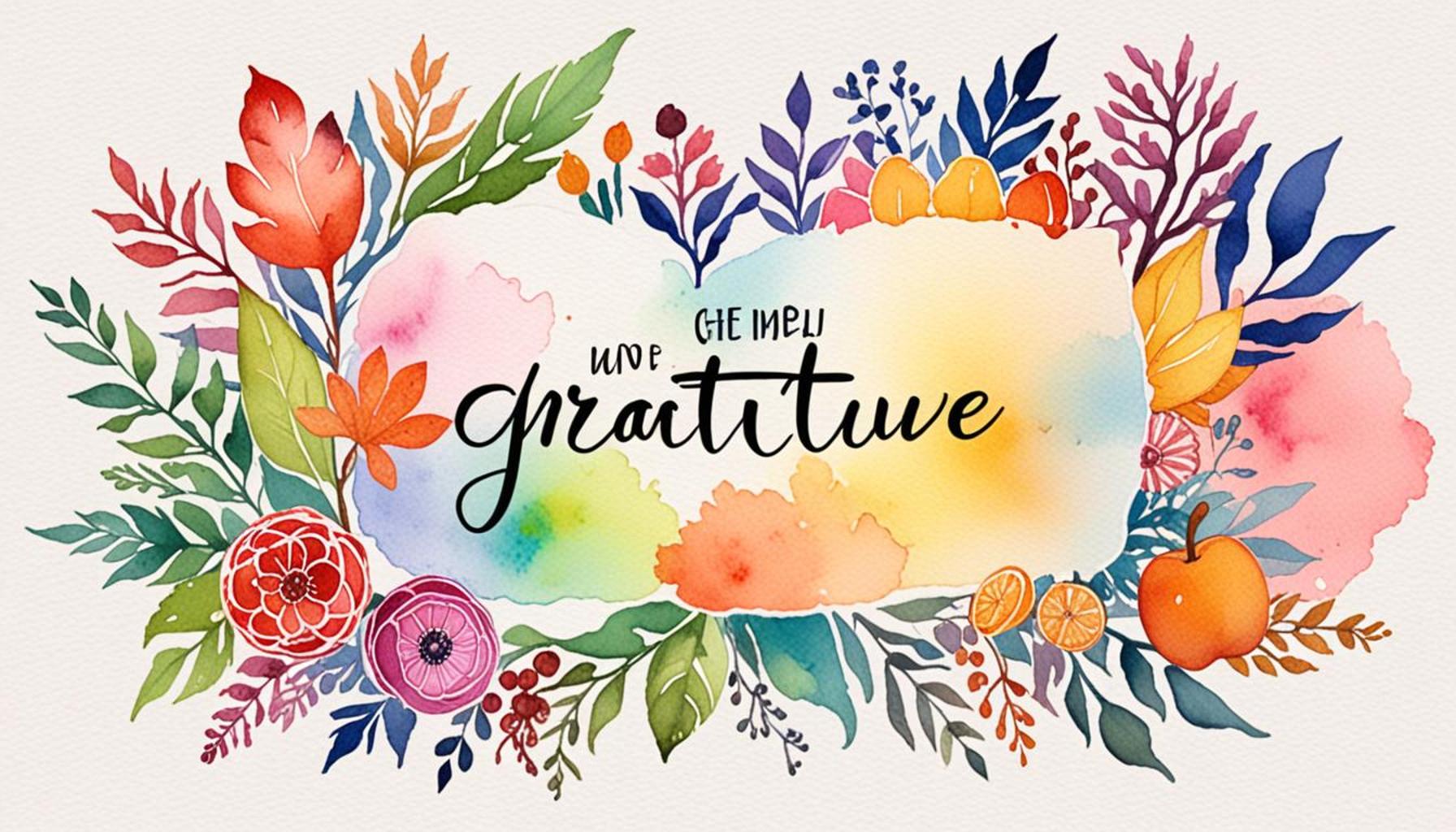Transforming Routines: Incorporating Mindful Living Practices into Daily Organization for Greater Clarity and Focus

The Importance of Mindfulness in Our Fast-Paced World
In a society dominated by technology and constant connectivity, feelings of chaos and overwhelm are increasingly common. With notifications buzzing from smartphones, deadlines looming at work, and personal obligations multiplying, it can be challenging to maintain focus on what genuinely matters. This is where mindful living practices come into play, offering a refuge from the frantic pace of modern life. By deliberately cultivating mindfulness, individuals can attain clarity and focus, even in the busiest of circumstances.
Mindfulness encompasses being fully present in the moment without judgment, which can dramatically alter how we perceive and engage with our daily lives. One of the core practices associated with mindfulness is meditation, but it also encompasses a variety of techniques that can easily be integrated into one’s routine. For instance, taking just five minutes to breathe deeply or stepping outdoors for a short walk can help snap attention back to the present.
Key Benefits of Mindful Living
Embracing a mindful approach has wide-ranging benefits that positively influence our mental and emotional well-being. Some of the most notable include:
- Improved mental clarity: Mindfulness practices such as focused breathing and mindful observation can significantly decrease distractions. A study published in the journal “Psychological Science” found that mindfulness training can enhance attention span and cognitive flexibility, key components of mental clarity.
- Enhanced emotional resilience: By fostering a non-reactive approach to thoughts and feelings, mindfulness builds emotional resilience. This allows individuals to process challenges and setbacks more effectively. For example, a busy professional experiencing workplace stress can utilize mindfulness techniques to remain calm and make sound decisions amidst turmoil.
- Increased productivity: Mindfulness encourages prioritizing tasks and utilizing time effectively. Tools such as the Pomodoro Technique, which incorporates short, timed intervals of focused work followed by brief breaks, can be paired with mindfulness to enhance overall productivity.
Consider the life of a college student balancing assignments, social life, and part-time work. By integrating short mindfulness practices into their day—such as a soothing morning routine or a brief midday meditation—students can create a space for reflection. This mindful approach can not only heighten their focus on studies but also reduce anxiety over performance, paving the way for healthier academic engagement.

Mindfulness offers a pathway toward living more intentionally. Whether you’re navigating the bustling streets of New York City or tackling a busy schedule in a small town, the principles of mindfulness can revitalize daily routines. The forthcoming sections will elaborate on practical strategies to cultivate a mindful lifestyle, ensuring that individuals can embrace each day with purpose and clarity.
DIVE DEEPER: Click here to discover more
Integrating Mindful Practices into Your Daily Routine
To truly harness the benefits of mindful living, it is essential to incorporate these practices into daily routines in a way that feels natural and sustainable. Mindfulness is not merely a series of tasks to check off on a list; rather, it is an ongoing commitment to being present and intentional in all aspects of life. By embedding mindful practices into the framework of daily organization, individuals can create a powerful ripple effect that enhances both clarity and focus.
Starting the day with a mindful morning routine can set a positive tone for the hours ahead. This routine could involve anything from a brief meditation session to a few gentle stretches. Research suggests that taking just ten minutes in the morning to focus on breathing or setting intentions can lead to heightened awareness throughout the day. Incorporating elements such as journaling or visualization can further enhance this practice, encouraging individuals to reflect on their goals and feelings.
Mindful Organization Techniques
Integrating mindfulness into organization requires a thoughtful approach to how tasks and responsibilities are managed. Here are several effective techniques to consider:
- Create a Mindful Task List: Instead of hastily jotting down items, take a moment to prioritize tasks based on their importance and urgency. Assign a specific timeframe for each task, and after completing each one, take a brief moment to acknowledge your accomplishment.
- Set Boundaries Around Technology: Digital distractions can disrupt focus and clarity. Designate specific times to check emails and notifications, and practice being fully present during non-digital moments.
- Utilize Mindful Breaks: Schedule short breaks during work or study sessions to engage in mindfulness. Techniques like deep breathing exercises or a quick nature walk can help recenter your mind and increase productivity.
For example, a busy parent juggling work responsibilities and family life might find peace in designating a “quiet hour” after dinner. During this time, all devices are put away, creating a space for family connection or personal reflection—without the usual bombardment of notifications. This not only enhances relationships but allows for a clearer mental state going into the next day.
Establishing clear intentions is crucial when embarking on the journey of mindfulness in organization. Identifying personal motivations—whether it’s reducing stress, enhancing productivity, or improving emotional well-being—can drive commitment to these new practices. With consistency, mindfulness can become second nature, ultimately transforming mundane routines into pathways for greater clarity and focus.
Transforming Daily Habits into Mindful Practices
As we delve deeper into the fusion of mindful living and daily organization, it becomes evident that intentionality in our practices can lead us to enhanced focus and clarity. By actively integrating mindfulness techniques like meditation, deep breathing, and structured reflection into our routines, we begin to approach daily tasks with renewed energy and a clearer perspective.Incorporating short mindfulness breaks throughout the day can be transformative. Consider setting aside just 5-10 minutes every hour to pause and recalibrate. During these moments, engage in mindfulness exercises such as body scanning or focusing on your breathing. This practice not only enhances your awareness but also instills a sense of calm, making it easier to tackle the challenges ahead.Moreover, aligning your organizational methods with mindfulness principles fosters a more harmonious atmosphere. Utilizing visual organization tools, such as color-coded calendars or labeled bins, can enhance your ability to process information while removing the cognitive load that often clouds our mental clarity. Through this alignment, the potential for structured growth manifests, as organizational practices become extensions of our mindful habits instead of mundane chores.To further enrich this journey, integrating techniques from mindfulness-based stress reduction (MBSR) programs can provide valuable frameworks for managing daily tasks. With a strong emphasis on presence and awareness, these techniques can help create a bridge from chaotic procrastination to focused productivity. As these practices become embedded in your routine, you will likely notice an improvement in both mental clarity and task execution.Ultimately, the transformation lies in the commitment to intertwining mindfulness with organization. It invites you to not just manage time, but rather to experience it fully, allowing each moment to contribute to a broader goal of clarity and focus. The synergy between mindful practices and organizational skills paves the way for a productive and peaceful life, offering the promise of heightened awareness in every aspect of your daily journey.
| Advantage | Details |
|---|---|
| Improved Focus | Mindful practices can lead to significantly heightened concentration while working on tasks. |
| Enhanced Clarity | Incorporating mindfulness removes mental clutter, allowing for deeper understanding and efficient execution. |
DISCOVER MORE: Click here to learn how digital automation can simplify your life
Mindful Techniques to Cultivate Clarity and Focus
As individuals delve deeper into the practice of mindful living, it is valuable to explore additional techniques that can further enhance daily organization. These methods not only promote clarity but also foster a sense of calm in an often chaotic world. By adopting several mindful techniques, individuals can make significant strides towards achieving sustained focus and overall well-being.
The Power of Mindful Communication
Effective communication is a cornerstone of successful organization, yet it often suffers in fast-paced environments. Practicing mindful communication encourages individuals to not only articulate their thoughts clearly but also to listen actively and empathetically. This practice can be as simple as taking a moment to gather one’s thoughts before responding in a conversation. It allows individuals to engage genuinely with their colleagues or loved ones, fostering a more collaborative and understanding atmosphere.
A practical application could involve setting aside a few minutes in meetings to encourage participants to share their thoughts or provide feedback without interruptions. This commitment to mindful dialogue not only enhances interpersonal relationships but also cultivates an environment of trust, leading to improved collaboration and efficiency.
Mindful Time Management
Time management often presents challenges, especially when balancing numerous responsibilities. By integrating mindfulness into how time is allocated, individuals can cultivate a greater sense of control over their schedules. Mindful time management entails recognizing when high-energy moments occur, allowing individuals to tackle more challenging tasks during these peaks while reserving less demanding activities for lower-energy times.
For instance, utilizing techniques like the Pomodoro Technique—which involves working in focused bursts followed by short breaks—promotes not only productivity but mindfulness in the way time is spent. An individual might choose to commit to 25 minutes of undistracted work followed by a five-minute mindful break to reflect, stretch, or practice gratitude, thus ensuring a continuous rhythm of focus and refreshment throughout the workday.
Creating a Mindful Workspace
The physical environment profoundly impacts one’s mental state. A mindful workspace is intentionally designed to minimize distractions and promote focus. Consider decluttering your desk, incorporating plants, or adding calming artwork to your workspace. Each of these elements serves as a reminder to remain grounded and present. Moreover, personalizing your space with mindful symbols or quotes can reinforce intentions, reminding you to pause and breathe throughout the day.
Many professionals find it helpful to establish specific zones within their workspaces for different activities. A designated area for focused work, separated from relaxation or brainstorming spaces, can alert the mind to switch gears effectively, reducing the chance of wandering thoughts and increasing productivity.
Reflection and Adjustment
Incorporating mindful living practices is not a one-size-fits-all proposition; rather, it requires ongoing reflection and adjustment. Regularly reviewing and assessing the effectiveness of these practices—what benefits are being felt, and what obstacles remain—is essential for true transformation. Techniques such as end-of-day reflections or weekly goal assessments can guide individuals in their mindfulness journey, ensuring practices evolve alongside their needs.
Engaging in this reflective practice not only reinforces success but also opens up opportunities for continuous improvement, empowering individuals to adapt their routines as necessary. By taking the time to evaluate and adjust strategies based on personal experiences, individuals strengthen their commitment to mindful living, paving the way for enhanced clarity and focus in daily life.
DISCOVER MORE: Click here to learn how password management aids minimalism
Conclusion: Embracing Mindfulness for a Clearer Tomorrow
In conclusion, the journey towards transforming routines through mindful living practices is an ongoing and enriching process that can significantly enhance daily organization. By integrating mindful communication, time management, and workspace design, individuals set the stage for not only improved clarity but also a deeper sense of focus. The techniques discussed throughout this article serve as practical tools in navigating the complexities of modern life, inviting individuals to shift their perspectives and foster a more intentional approach to everyday tasks.
Moreover, mindfulness isn’t merely about adding techniques; it’s about cultivating a mindset of reflection and adaptability. As we regularly assess our routines and interact with our environments, we open ourselves up to discovering new methods of productivity that align closely with our personal values and objectives. This ongoing commitment to self-reflection will not only elevate our organizational skills but also nurture our mental well-being, leading to a more balanced, fulfilling life.
As you begin to incorporate these mindful practices into your own routine, consider the profound impact they can have—in both your work and personal life. The path to greater clarity and focus does not have to be daunting; rather, it can be approached with curiosity and openness. So, take the first step today—embrace mindful living as a transformative practice that carries the potential to redefine not just your daily organization, but your overall quality of life.



